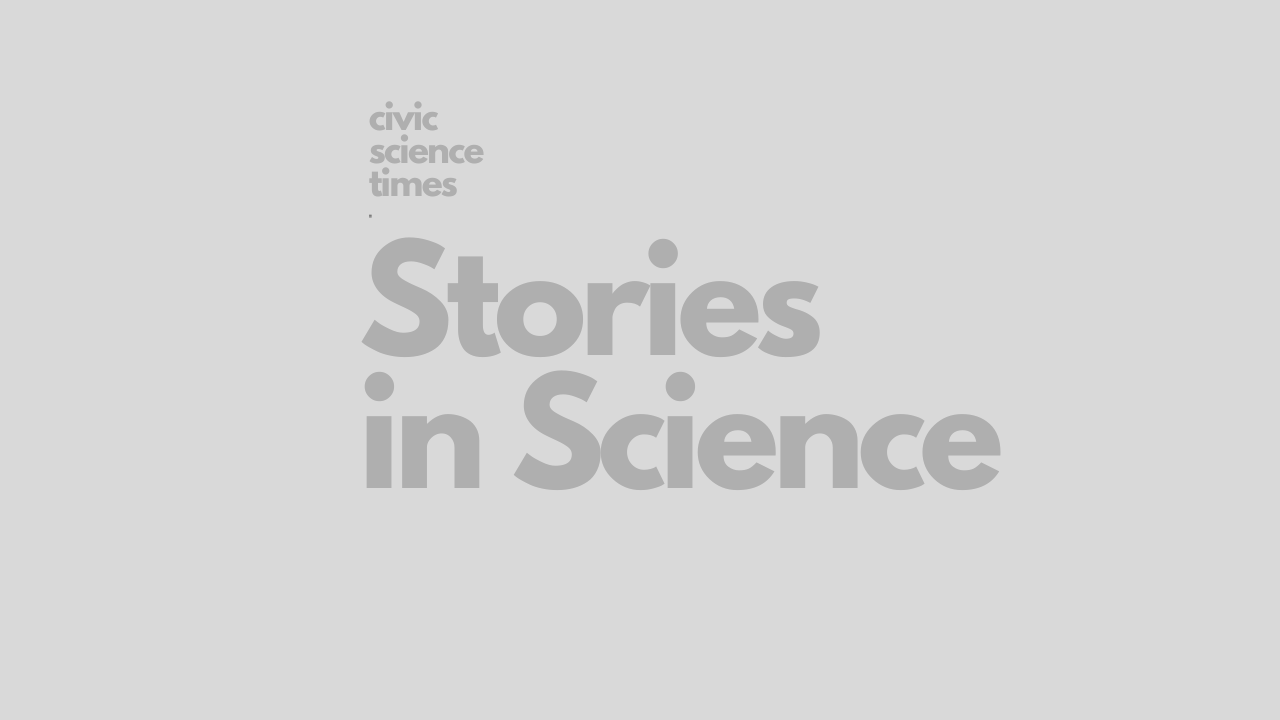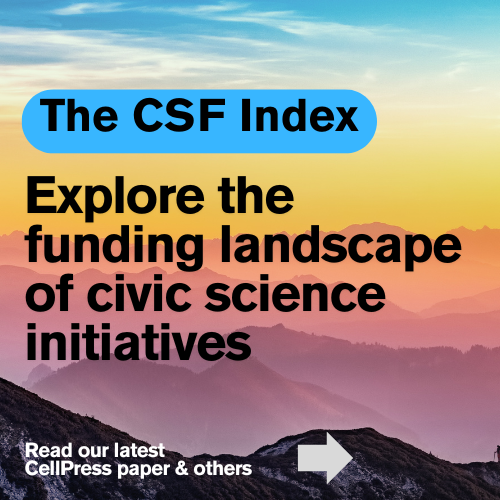CSO - Stories in Science
Little Black Bear
After a 10-year career as a print and broadcast journalist in Oregon, Montana, Alaska and Illinois, I returned to my home state of Oregon and took a job as the social media coordinator for the Oregon Department of Fish and Wildlife. Here, I take the science that forms the basis of our wildlife management and translate it into stories that hopefully connect with the people of our state who get to enjoy the wildlife through unique experiences and nuggets of knowledge.

– Timothy Alex Akimoff –
[su_box title=”About ” box_color=”#262733″]After a 10-year career as a print and broadcast journalist in Oregon, Montana, Alaska and Illinois, I returned to my home state of Oregon and took a job as the social media coordinator for the Oregon Department of Fish and Wildlife. Here, I take the science that forms the basis of our wildlife management and translate it into stories that hopefully connect with the people of our state who get to enjoy the wildlife through unique experiences and nuggets of knowledge.[/su_box]
It was a sunny, winter day in Northwest Montana, and my newspaper editor dispatched me to a rural valley, where I was to meet Jaime Jonkel, “The Bear Guy,” from Montana Fish, Wildlife and Parks. A two-year old black bear woke up too early from its long winter nap, and went foraging in some garbage cans on the outskirts of a town near where it had denned up.
So Mr. Jonkel darted the bear, placed it in the tube, a metal trailer capable of hauling a good-size grizzly bear, and hauled it deep into one of the many valleys that make up the rugged northwest corner of the state. We crossed under a gate that indicated it was a ranch, one of many owned by wealthy, absentee owners in the area.
When I arrived, a very agitated little bear was making a considerable racket inside the metal tube. Mr. Jonkel filled a syringe with some kind of fluid and attached it to a long pole and pushed it into the tube expertly guiding it until it quite literally poked the bear.
A few minutes passed, and the tube went quiet.
Mr. Jonkel pulled the bear out and placed it on a canvas tarp on the ground. As a videographer, I got as close as I could to him as he examined the bear by checking its teeth, drawing blood and taking its temperature.
Mr. Jonkel brushed my camera away from his face as I was making a closeup and told me to get down on both knees and bury my nose in the warm fur.
“What?” I said.
“Get down here and smell this bear,” he said.
So I did. As I pulled back, letting the cold air fill my nose again, I tried to capture what it smelled like. It was warm and comforting with a hint of something spicy.
“Smells like cinnamon, doesn’t it,” Mr. Jonkel said.
“Cinnamon, yes, that’s exactly what it smells like,” I replied, feeling elated at the sudden match between a word and a mystery scent.
“Bears don’t smell bad,” Mr. Jonkel said. “Everybody thinks they smell bad, but bears often smell nice, just like cinnamon.”
“Bears also have a cholesterol level that would kill a normal human being,” Mr. Jonkel said.
“Their cholesterol can reach 350 when they’re hibernating.”
I watched the heavily sedated bear, and I saw something much different than I had seen a few moments before. I saw a very unique animal and the way it has adapted to its environment. I didn’t see a black bear laying there, like the many black bears that cause all kinds of problems for residents of certain western town located on the edge of where civilization and wilderness collide.
I watched Mr. Jonkel prepare a man-made den equipped with video-monitoring gear and carefully place the sedated bear into the den. He covered it up then with wood and vegetation before piling some snow on top.
As Mr. Jonkel moved back out into the bright sunlight, he said the following: “Nobody knows a lot about bears, even the scientists that study them don’t know that much yet. They’re a great, big, magical mystery creature, and they smell like cinnamon and have super-high cholesterol.
That’s how I started my story for the next day’s paper. With the deep, unmistakable scent of cinnamon.
As my journalism job took me from Montana to the wilds of Alaska, to the shores of Lake Michigan and back home again to Oregon, I learned a little more about a few of the creatures we share this world with. From covering the first wood bison herds released to the wild in Alaska in decades to the very first wild bison calf born on the east side of the Mississippi River in almost 200 years. From pinniped research stations to snowy owl releases, I took the science I encountered from biologists and translated it into practical terms that would create a feeling, a memory, and a connection with the wildlife around us.
And it all started with a little black bear in a valley in Northwest Montana that smelled of cinnamon and had super-high cholesterol.
The CS Media Lab is a Boston-anchored civic science news collective with local, national and global coverage on TV, digital print, and radio through CivicSciTV, CivicSciTimes, and CivicSciRadio. Programs include Questions of the Day, Changemakers, QuickTake, Consider This Next, Stories in Science, Sai Resident Collective and more.

-
Civic Science Observer1 month ago
What are the objectives of the Neurotech Justice Accelerator at Mass General Brigham?
-
Civic Science Observer2 weeks ago
Meet the New Hampshire organization changing the way we see insects
-
Civic Science Observer3 weeks ago
Dear Colleagues: Help us understand the national impacts of federal science funding cuts on early career researchers in academic laboratories
-
Civic Science Observer2 months ago
Some of the key takeaways from the 2024 Communicating Discovery Science Symposium in South Africa






















